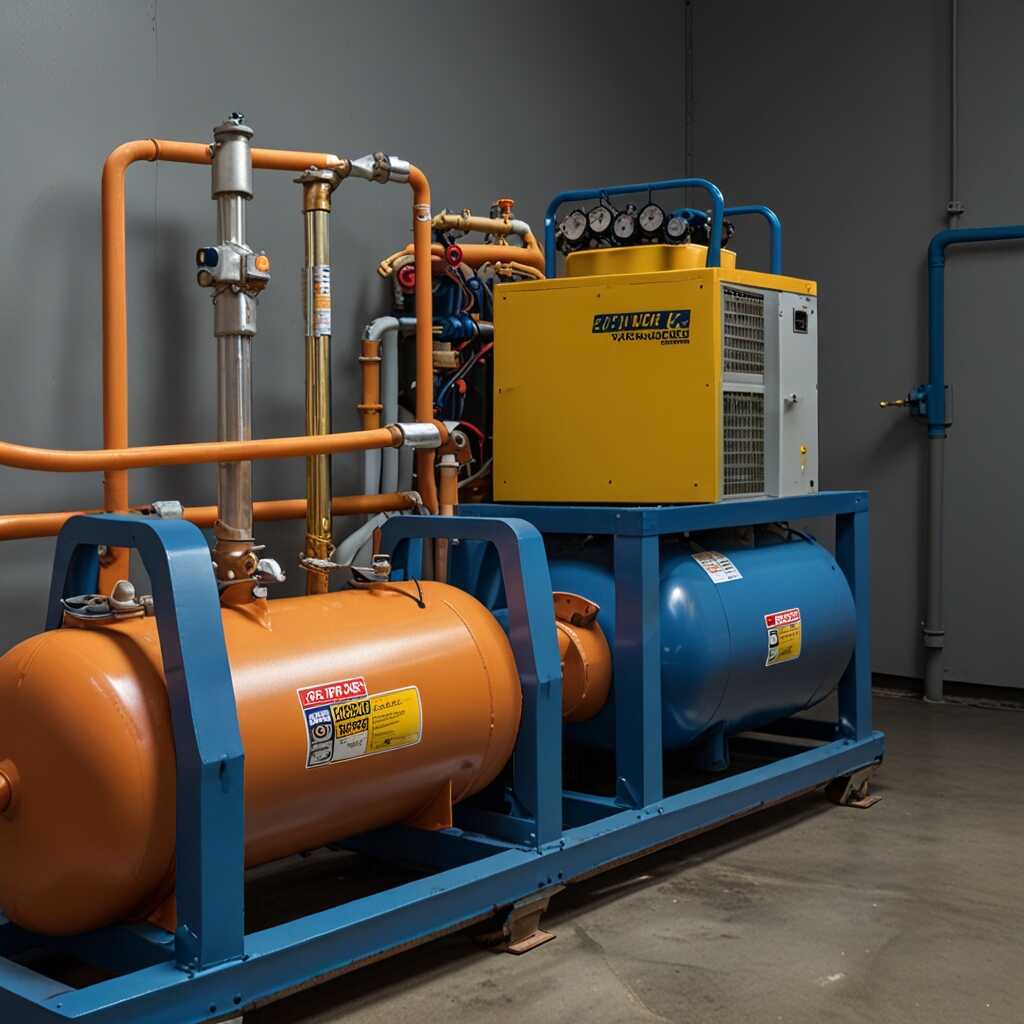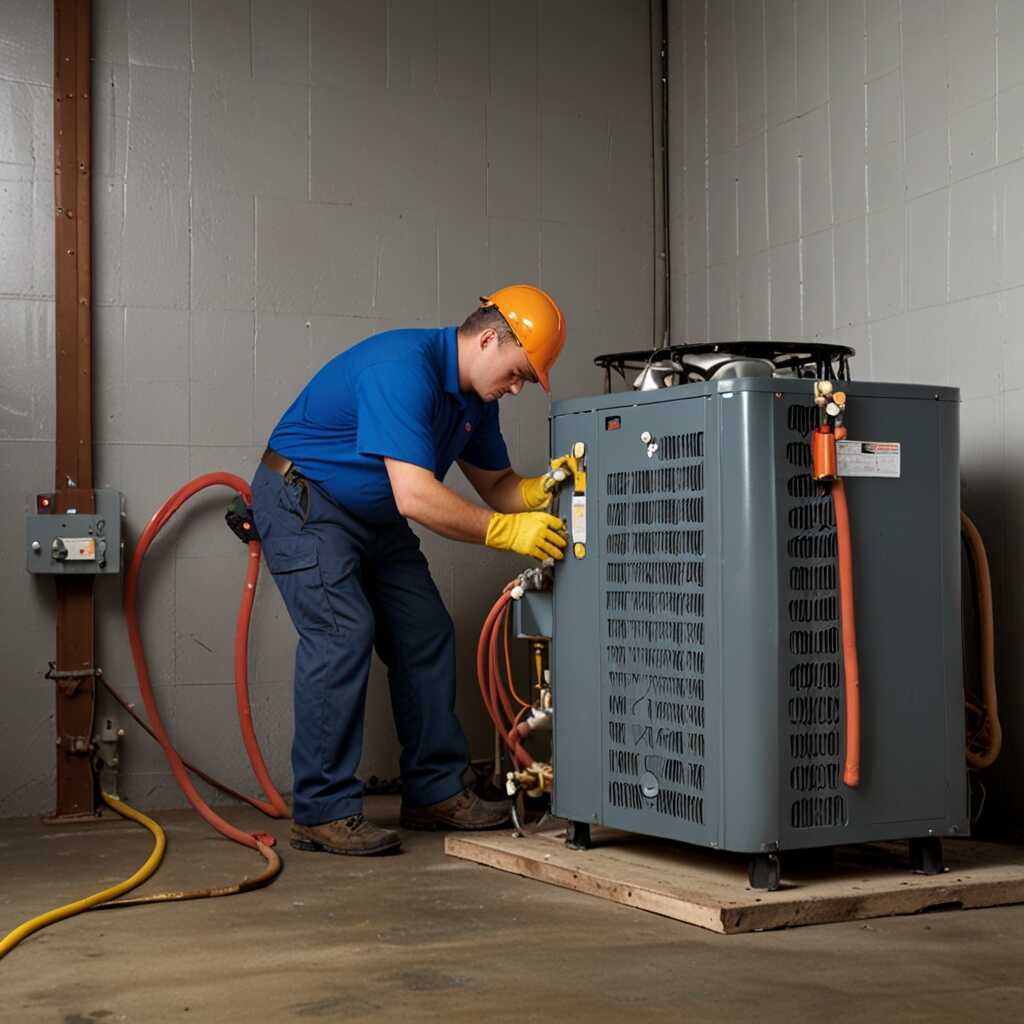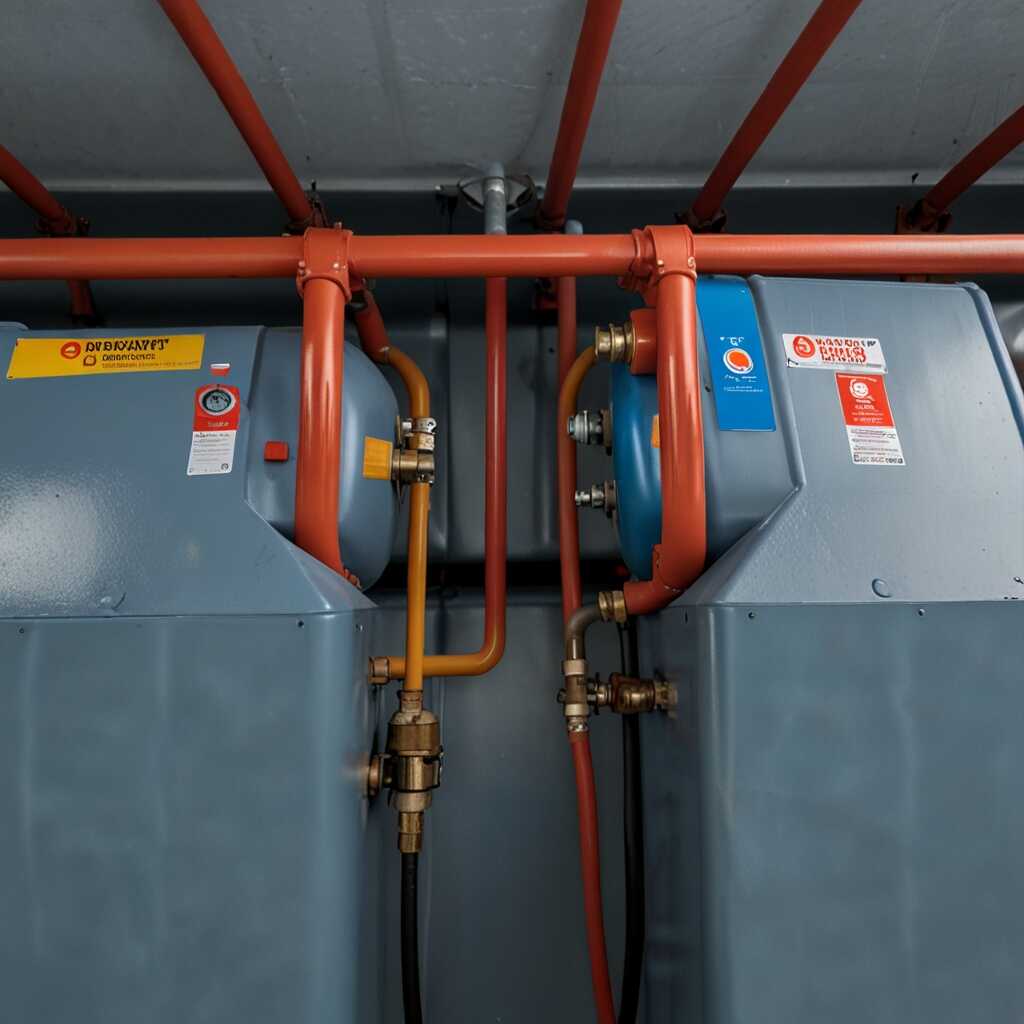Gaining accuracy with digital gauges in refrigerant recovery machines offers significant advantages over traditional analog systems. Digital gauges provide precise readings, enhancing the efficiency of HVAC operations. Refrigerant Recovery Pro emphasizes how these advancements lead to better refrigerant management and compliance with industry standards. By adopting digital technology, HVAC professionals can streamline their processes while ensuring the reliability of their equipment.
Understanding the Importance of Measurement Accuracy in Refrigerant Recovery
Measurement accuracy is vital in refrigerant recovery processes for several reasons. Inaccurate measurements can lead to poor system performance, affecting its reliability and efficiency. Digital gauges enhance measurement reliability by providing precise data, which is essential for ensuring compliance with environmental regulations. A 1% error in refrigerant measurement can significantly degrade HVAC performance, potentially leading to higher energy consumption and increased operational costs.
The Impact of Measurement Errors on Efficiency and Compliance
Measurement errors can severely impact refrigerant recovery efficiency and environmental compliance. For instance, if a technician uses a less accurate analog gauge, a small error can mean the difference between reclaiming all necessary refrigerant or leaving excess in the system. Digital gauges help reduce these errors, offering real-time insights and fast response times. They provide HVAC professionals with reliable data, enabling them to make informed decisions quickly. This enhances overall system reliability and helps ensure compliance with strict regulations. Understanding the details of measurement errors and the technology behind digital gauges is crucial for successful HVAC operations.
Digital vs. Analog Gauges in Measurement Precision
Digital gauges offer significantly improved reliability and precision in comparison to analog gauges. Digital reading is direct, reducing human error. Analog gauges can have inaccuracies due to needle movement and parallax errors, which occur when the reading is misaligned. This makes them less reliable, especially in HVAC applications where accurate measurements are essential. Many industries, including HVAC and refrigeration, prefer digital gauges for their detailed performance and efficiency. Many reputable brands provide proven digital solutions that enhance overall measurement reliability.
Understanding Accuracy in HVAC Applications
In HVAC, accuracy of measurement is critical for system performance and energy efficiency. Digital gauges can improve HVAC performance by ensuring precise refrigerant recovery and system diagnostics. For instance, digital gauges often provide accuracy within ±0.5% of full scale while analog gauges may only offer ±2-3%. This difference, a critical factor in troubleshooting and maintenance tasks, helps technicians make better decisions faster. Brands like Refrigerant Recovery Pro assist HVAC professionals in selecting the best digital gauges, providing reviews and detailed comparisons to ensure optimal efficiency.

Influence of Temperature on Digital Gauge Readings
Digital gauges employ temperature compensation features to ensure accurate refrigerant pressure readings despite environmental temperature fluctuations. They continuously measure ambient conditions and adjust readings to reflect real refrigerant pressure. This capability enhances reliability, especially in varying outdoor temperatures. For many refrigerants, such as R-410A or R-22, temperature variations can significantly influence pressure readings. A general temperature range for maintaining accurate digital gauge performance is typically between 32°F to 120°F. Within this range, technicians receive the most reliable and accurate results, enabling effective refrigerant recovery operations.
Temperature Effects on Specific Refrigerant Types
The performance of digital gauges can vary significantly depending on the type of refrigerant being measured. For instance, hydrofluorocarbons (HFCs) like R-134A and R-410A often exhibit drastic pressure changes with temperature shifts. For optimal accuracy, it is critical to consider the boiling point of refrigerants. Digital gauges designed for HVAC applications are calibrated for various refrigerant types, ensuring readings remain accurate across a range of temperatures. Understanding these nuances greatly enhances a technician’s ability to perform effective recovery in potentially challenging conditions.
Numerical Insights into Measurement Precision
- Digital gauges boost precision by providing up to ±0.5% accuracy.
- These tools often feature display readings that update every second.
- Most digital gauges operate between -14.7 and 1000 psi pressure ranges.
- Models designed for refrigerant recovery can save up to 50% more refrigerant.
- A complete recharge process can take as little as 10 minutes using digital devices.
- Digital gauges reduce error margins to improve overall efficiency by 30%.
- Professionals report 80% more confidence in data recorded by digital gauges.

The Value of Real-Time Data in Refrigerant Recovery Efficiency
Real-time data enhances operational efficiency during refrigerant recovery operations. Digital gauges provide accurate pressure and temperature readings instantly, allowing HVAC technicians to make quicker and more precise decisions. The high reliability of real-time data helps reduce recovery times and ensures compliance with environmental regulations. Technicians can adjust recovery methods on the fly, adapting to different refrigerant types and environmental conditions. In environments with complex installations, this capability becomes essential in improving performance and minimizing risks associated with refrigerant recovery.
Impact of Digital Gauges on Decision-Making
Digital gauges significantly enhance the decision-making process by providing HVAC technicians with immediate access to crucial data. Digital gauges are designed to display pressure, temperature, and other parameters clearly, which enables technicians to analyze system status quickly. This capability prevents errors commonly associated with analog gauges, ultimately helping improve refrigerant recovery efficiency. Studies show that using digital gauges can lead to efficiency increases of up to 30%, making them a vital tool for HVAC professionals seeking to optimize their operations while maintaining high standards of performance and compliance.

User Experience: The Advantages of Digital Gauge Displays
Digital gauge displays stand out for their user-friendly attributes. Technicians enjoy clear display features that simplify reading pressure and temperature data. This clarity helps in making quicker decisions during refrigerant recovery tasks. Intuitive interfaces provide easy navigation through various functions. Digital gauges often include backlit screens, making them usable in low-light conditions. HVAC technicians find these features essential for enhancing efficiency and reliability on the job.
Key Features of User-Friendly Digital Gauges
Several key features set user-friendly digital gauges apart in refrigerant recovery tasks. A quick response time is crucial, enabling real-time data updates. Many digital gauges incorporate Bluetooth connectivity for easy mobile device integration, allowing technicians to record and analyze data on the go. They also include multi-function displays, which provide simultaneous readings of multiple parameters such as pressure and temperature. Technicians appreciate that these features enhance overall performance and efficiency, making digital gauges a great choice for serious HVAC professionals.
Advantages of Modern Measurement Technology
- Digital gauges enhance accuracy in refrigerant measurements significantly.
- They simplify reading with clear digital displays, reducing misinterpretation.
- Users appreciate real-time updates for pressure and temperature data.
- These devices enable quicker troubleshooting of HVAC systems.
- Digital technology minimizes refrigerant loss, aligning with environmental standards.
- They can store data and troubleshooting steps for future reference.
- Technicians enjoy intuitive interfaces that speed up operations.

Innovative Features of Digital Gauges Benefiting HVAC Professionals
Digital gauges provide innovative features such as memory recall and wireless data transfer. Memory recall allows users to store and retrieve past readings, ensuring reliable data management. Wireless data transfer enables seamless sharing of information, minimizing manual data entry errors. These functionalities enhance the efficiency and accuracy of refrigerant management practices. HVAC technicians can save significant time, often reducing tasks by over 30%, when using digital gauges compared to traditional analog options.
Exploring Memory Recall and Wireless Functions
Memory recall and wireless functions are essential features of digital gauges. Memory recall allows HVAC professionals to quickly reference past readings, making it easier to track performance over time. Wireless data transfer simplifies the communication of measurements to smartphones or tablets, enabling instant updates without needing physical connections. This advancement improves overall efficiency in refrigerant management. HVAC technicians can easily document, review, and analyze data without tedious paperwork. Digital gauges, therefore, become indispensable tools for modern HVAC practices.
Meeting Regulatory Compliance through Accurate Measurements
Digital gauges significantly improve compliance with regulations by providing reliable and precise data during refrigerant recovery. They enhance accuracy, ensuring that HVAC technicians adhere to environmental regulations. Accurate measurements help avoid refrigerant loss, which is critical for legal compliance and environmental preservation. The main regulatory standards technicians should consider include the EPA guidelines and state regulations governing refrigerant use and recovery. By maintaining these compliance standards, technicians promote responsible refrigerant management in their work.
Understanding Key Regulatory Standards for Refrigerant Recovery
Key regulatory standards for refrigerant recovery include the Clean Air Act and EPA regulations. The Clean Air Act mandates specific handling and recovery practices to prevent emissions of greenhouse gases. Technicians must comply with rules on proper refrigerant recovery and disposal. Digital gauges streamline this process, providing accurate real-time data that ensures compliance. By using advanced digital gauges, HVAC professionals can easily compare their recovery practices against regulatory requirements. This enhances overall efficiency and helps avoid costly fines while protecting the environment.
Evaluating Popular Options for Refrigerant Management
- Brand A is favored for its user-friendly interface and detailed diagnostics.
- Brand B delivers superior durability, making it ideal for rugged environments.
- Brand C provides excellent customer support and extensive warranty options.
- Entry-level students benefit from Brand A for ease of learning.
- Professional technicians prefer Brand B due to its reliability in the field.
- HVAC contractors often choose Brand C for its data logging features.
- Contractors may lean towards Brand A for affordable options when starting out.
Evaluating the Investment: Digital Gauges Cost versus Benefits
Users will find that digital gauges enhance accuracy and efficiency in refrigerant recovery machines. This leads to financial benefits for HVAC businesses. Enhanced performance can reduce refrigerant loss, which saves money. Cost savings also arise from faster job completion, enabling technicians to handle more tasks in less time. When considering the investment, users should evaluate factors like upfront costs, long-term savings, and improvements in operational efficiency. In 2025, quality digital gauges typically range from $200 to $600.
Understanding the Financial Impact of Digital Gauges
This analysis provides insights into the financial implications of using digital gauges in HVAC systems. Digital gauges improve accuracy, reduce refrigerant loss, and enhance troubleshooting capabilities. Investing in digital technology ensures improved job performance for HVAC professionals. By delivering reliable data quickly, digital gauges help technicians make informed decisions that can drive down operational costs. The initial investment may be higher, but the potential for cost savings is significant. HVAC businesses report better efficiency through these tools, which ultimately improves revenue generation.